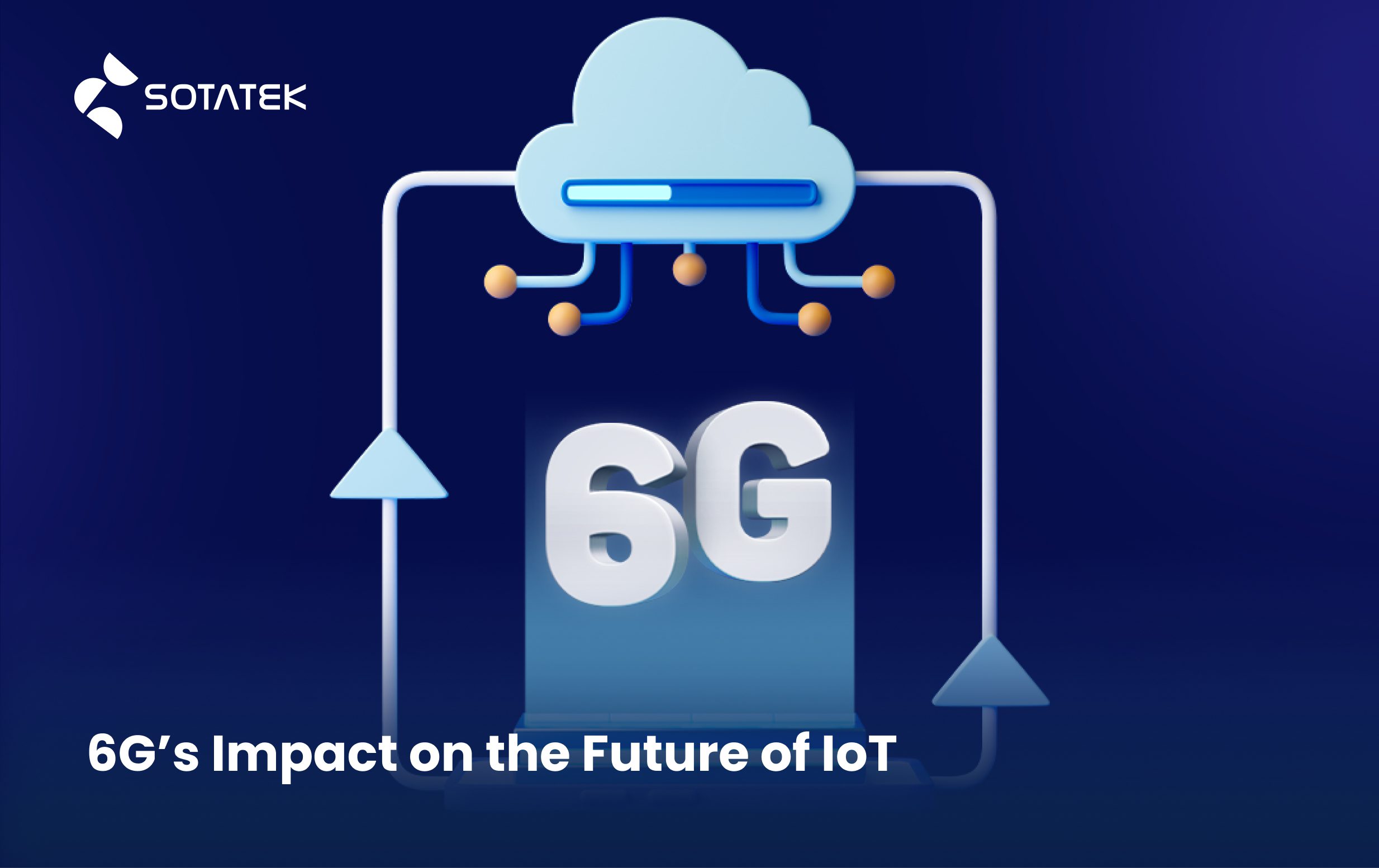The development of 5G technology has led to a revolution in the world of the Internet of Things (IoT). With its higher speed and lower latency, 5G has enabled the connection of more devices and the collection and processing of data in real-time. However, the evolution of technology never stops, and experts are already looking forward to the development of 6G and its potential impact on IoT.
1. What is the Internet of Things?
The Internet of Things (IoT) refers to a network of physical devices, vehicles, home appliances, and other items that are embedded with sensors, software, and connectivity to allow them to exchange data and perform automated actions. The goal of IoT is to create a seamless and interconnected system of devices that can work together to make our lives easier and more efficient.
IoT devices can range from simple sensors that measure temperature and humidity to complex systems that control entire factories or smart cities. They are typically connected to the internet, allowing them to communicate with each other and other devices and services.
The benefits of IoT include increased efficiency, improved productivity, and enhanced convenience. For example, smart home devices like thermostats and security systems can automatically adjust to our preferences and alert us to potential dangers. In industry, IoT can help optimize manufacturing processes and reduce waste.

Examples of Internet of Things
2. 6G Technology
6G refers to the next generation of wireless communication technology that will succeed 5G. While 5G technology is still in its early stages of deployment, researchers and industry experts are already looking ahead to what the next generation of wireless technology could bring.
While there is no official standard or specification for 6G yet, researchers and industry experts predict that it will likely offer even faster data transfer speeds, lower latency, and increased capacity compared to 5G. Some researchers have estimated that 6G networks could potentially offer data transfer speeds of up to 1 terabyte per second and latency of just a few microseconds, making it even faster and more efficient than 5G.
In addition to speed and efficiency improvements, 6G is also expected to incorporate new technologies such as terahertz waves, which could enable even more efficient data transfer at higher frequencies. It is also expected to incorporate new security features, such as quantum encryption and blockchain technology, to ensure the secure transmission of data over wireless networks.
While it will likely be several years before 6G technology is widely available, the development of this new wireless technology has the potential to transform industries such as healthcare, transportation, and manufacturing, and enable new applications that are not yet possible with current wireless technology.

Key differences of 6G
Read more: How Is 5G Technology Transforming The Mobile App Projects?
3. How 6G Technology can transform Internet of Things?
Experts believe 6G will greatly contribute to and transform the growth of the IoT, notably in several ways.
Known for faster speeds, 6G technology is expected to be even faster than 5G, with data speeds potentially reaching 1 terabyte per second. This could enable even more data to be transmitted in real-time, allowing for more efficient and effective IoT applications.
6G technology is expected to have even lower latency than 5G, potentially reducing the delay between data transmission and receipt to just a few microseconds. This could have significant implications for time-sensitive IoT applications, such as autonomous vehicles and robotics.
6G technology will provide increased connectivity, enabling even more devices to be connected simultaneously, potentially reaching up to 1 million devices per square kilometer. This could enable the deployment of more extensive IoT networks and enable the connection of even more devices and sensors.
Security is enhanced in 6G technology with more advanced security features, such as quantum encryption and blockchain technology. This could provide an extra layer of protection for sensitive data transmitted over IoT networks.
6G technology is expected to be more energy-efficient than 5G, potentially reducing the power consumption of IoT devices and extending their battery life. This could make it easier and more cost-effective to deploy IoT networks in remote or hard-to-reach locations.
The development of 6G technology is expected to have a significant impact on the world of IoT, enabling even more connected devices and more efficient and effective data processing. As the technology continues to evolve, we can expect to see even more innovative IoT applications and use cases emerge.



